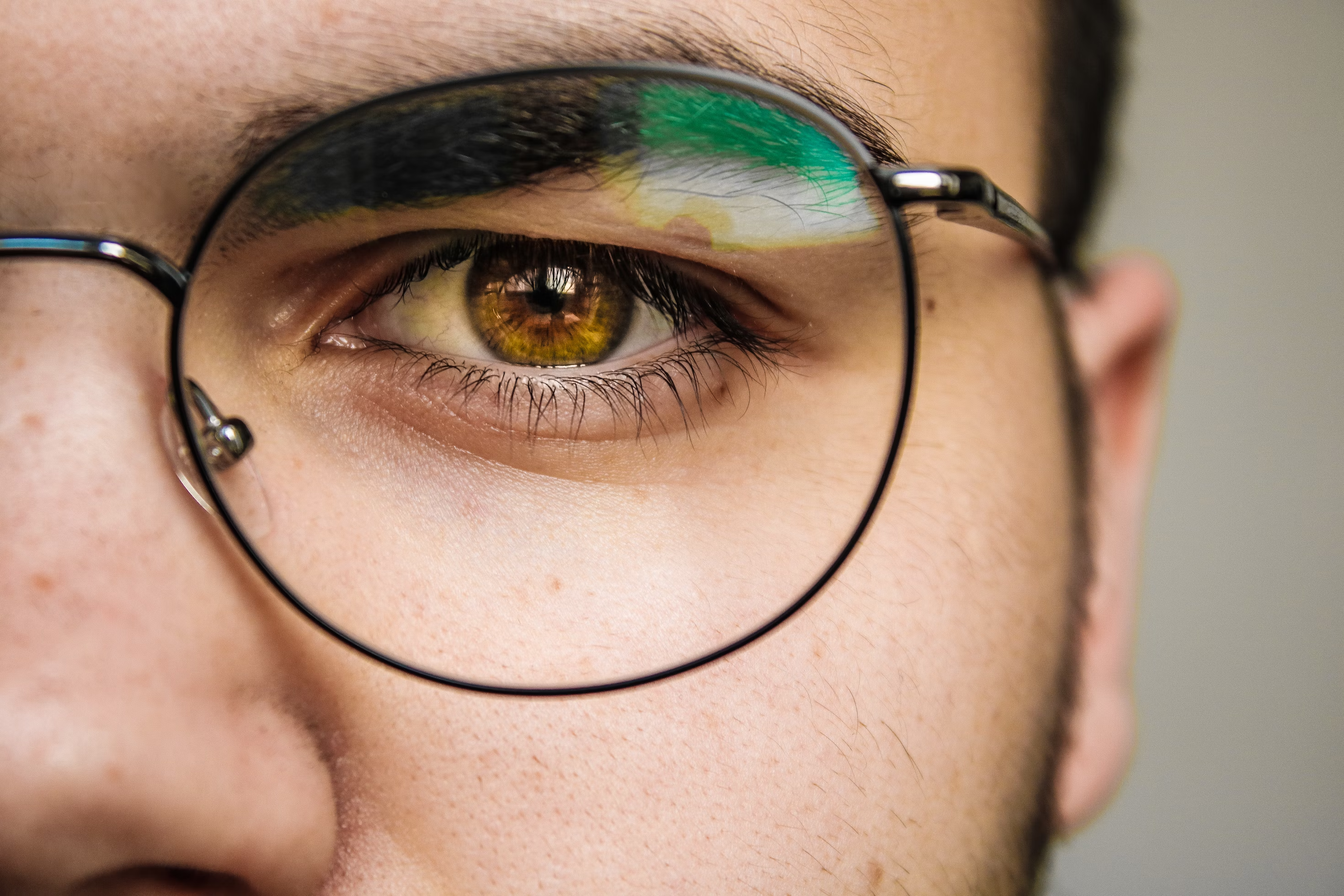
Prolonged exposure to screens can lead to digital eye strain, manifesting as dry eyes, headaches, and blurred vision. The emission of blue light from these devices can disrupt sleep patterns and potentially impact our overall health. Additionally, poor posture while using these devices can contribute to neck and shoulder pain. Striking a balance between screen time and real-world engagement, practicing good ergonomics, and being mindful of our eye health are essential to mitigate these effects and foster a healthier digital lifestyle.
Yes, prolonged and excessive use of computers, laptops, phones, and other digital devices can have various effects on your eyes and overall health. This phenomenon is often referred to as "digital eye strain" or "computer vision syndrome." Here are some potential health impacts of using these devices constantly:
Eye Strain: Staring at screens for extended periods can cause digital eye strain, leading to symptoms like dry eyes, headaches, blurred vision, and discomfort.
Blue Light Exposure: Digital devices emit blue light, which can interfere with your circadian rhythm, potentially disrupting your sleep patterns. Blue light exposure has also been associated with eye strain and retinal damage over time.
Dry Eyes: People tend to blink less frequently while using digital devices, leading to dry eyes. This can result in irritation, redness, and discomfort.
Blurry Vision: Prolonged screen use can cause temporary blurry vision due to focusing fatigue and dryness.
Neck and Shoulder Pain: Poor posture while using devices can contribute to neck, shoulder, and back pain.
Headaches: Straining your eyes and poor posture can trigger headaches.
Digital Fatigue: Constant digital engagement can lead to mental fatigue, decreased concentration, and decreased productivity.
Sleep Disruption: Blue light from screens can suppress the production of melatonin, a hormone that regulates sleep. This can lead to difficulty falling asleep and maintaining a healthy sleep pattern.
To mitigate these effects, consider the following steps:
Follow the 20-20-20 Rule: Every 20 minutes, take a 20-second break and focus on something 20 feet away to reduce eye strain.
Adjust Display Settings: Decrease screen brightness and use warmer color settings to reduce blue light emission.
Blink Regularly: Be conscious of blinking to keep your eyes moistened.
Maintain Proper Posture: Sit at an ergonomic workstation, ensuring your screen is at eye level and you're sitting with proper posture.
Use Artificial Tears: Over-the-counter artificial tear eye drops can help alleviate dryness.
Limit Screen Time: Take regular breaks from screens and engage in activities that don't require screen use.
Use Blue Light Filters: Consider using blue light filter apps or built-in device settings to reduce blue light exposure in the evening.
Get Regular Eye Exams: Regular eye check-ups can help identify and address any emerging issues.
Create a Digital-Free Bedtime Routine: Avoid screens for at least an hour before bedtime to support better sleep.
Consider Computer Glasses: Specialized glasses with blue light filtering coatings can reduce digital eye strain.
Remember, everyone's sensitivity to these issues varies. If you experience persistent discomfort or vision problems, it's important to consult an eye care professional for personalized guidance.